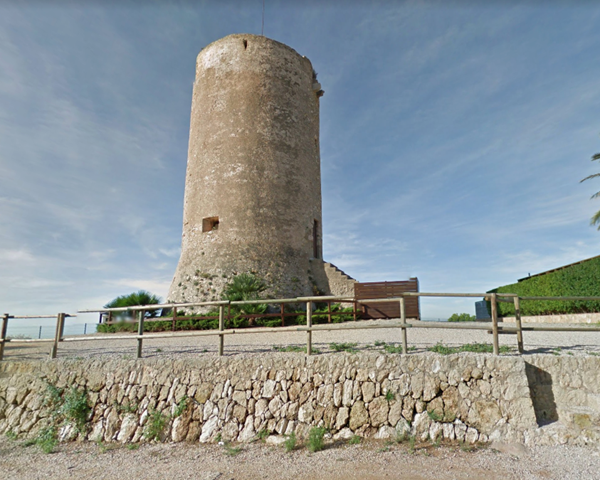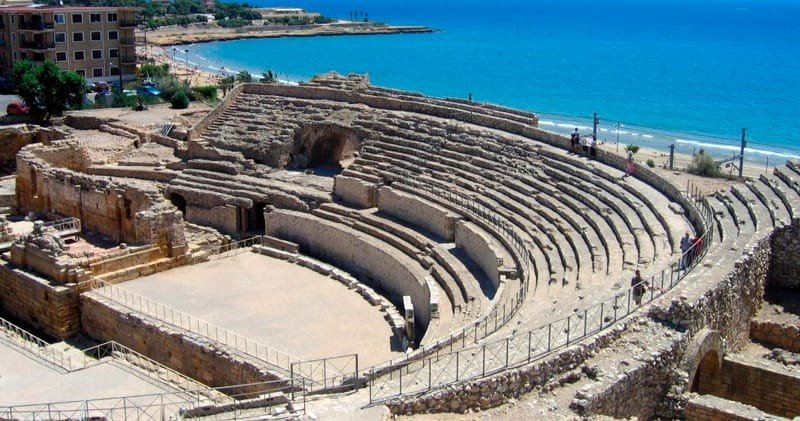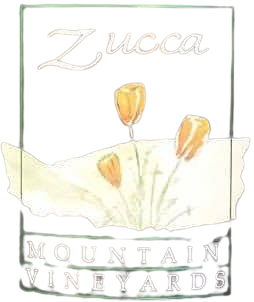Exploring Spanish Wine Regions: Priorat

Gary’s comments
Our first venture to the Priorat wine region. If you receiving this newsletter for the first time, it’s because you were either wine club members or customers of Zucca Mountain Vineyards in Murphys, California, and you may remember us as Carol and Gary Zucca. We retired from the wine business in 2021 and are now living in Valencia Spain. Last year I started writing occasional newsletters to twenty or so family, old friends, and colleagues about our experiences living in Europe and our thoughts on differences between European and California wine from a California point of view. We also thought some of our wine club members and customers might also be interested, so we added you to our mailing list.
If, like me, you get email that you don’t want, you can unsubscribe by clicking the link at the end of this email, and we will drop you from our list. If you do unsubscribe, you can still find the newsletters archived on our Website at www.zuccawines.com and can read them whenever you like.
January 2023
Our first serious venture out of Valencia to explore wine regions was a few months ago. We took a train to Tarragona, a town up the coast from Valencia and south of Barcelona. Our mission was to explore the wines of Priorat, the smallest of the two major Spanish wine regions. We stayed in an Airbnb in Tarragona and rented a car and driver for day trips through the Priorat area.
We tasted some really interesting wines and saw some unique grapegrowing practices, but what impressed us most was what we learned about the cultural and language differences we encountered during this short trip. Spanish is the official language of Spain, but Spain also has six Co-official Languages that are spoken in six of the 17 Autonomous Communities. Teaching in the public schools is in the Co-official Language of the Autonomous Community and Spanish and English are taught as foreign languages. When we we visited Priorat, we went from the Autonomous Community of Valencia, where Valenciana (a dialect of Catalan) is the Co-official Language, to Catalonia, where Catalan is the Co-official language. We first noticed the difference on the train ride when the signs and announcements were in Catalan, Spanish, and English.
There weren’t any differences at the first winery we stopped at because everybody spoke Spanish and they even had tours in English. When we stopped in a small village for lunch and then visited a small winery in the country we got our first clue that we were really in a different place. At the restaurant the waitress spoke Catalan with our cab driver and Spanish with us. At the second winery the owners were organizing a group of about 12 of us for the winery tour. They discussed whether to give the tour in Catalan, Spanish or English, finally settling on Spanish as the only common language of the group.
The trip to Priorat got me to thinking about how different it would be if California had Autonomous Communities and Co-official Languages. Imagine going from Sacramento, where English was the Official Language, to the small town of Murphys that was in the Autonomous Community of Miwok where Miwokan was the Co-official Language. Or, going on a longer trip to the Autonomous Community of San Diego where Spanish was the Co-official language.
After this trip we concluded that when traveling in the small country towns of these Autonomous Communities we should know a few “polite” words like good morning, day, evening, please, thanks, goodbye, etc. in the local Co-official Language before switching to Spanish or trying English.
Below are links if you want to read more about Spanish political divisions or Priorat.
Refs.
Spanish Autonomous Communities
https://simple.wikipedia.org/wiki/Autonomous_communities_of_Spain
Priorat Wine Region
https://en.wikipedia.org/wiki/Priorat_(DOQ)
Trip pics and comments
The pic below will give you an idea of how steep the wine area is and the escarpment in the background. All cultivation and harvesting is done by people or donkeys. Tractors are used only to haul the grapes to the winery.
Tarragona
Our first serious venture out of Valencia to explore wine regions was a few months ago. We took a train to Tarragona, a town up the coast from Valencia and south of Barcelona. Our mission was to explore the wines of Priorat, the smallest of the two major Spanish wine regions. We stayed in an Airbnb in Tarragona and rented a car and driver for day trips through the Priorat area.

This tower
Was visible in the distance from the Airbnb we stayed in. These towers were visible all along the hilltops on the train ride to Tarragona. This one was built by Romans, but some were built my Moors. The towers were built within sight of each other so that they could signal each other with fires. I’ve read that Chinese and Native Americans also used this technology.
Below is a pic of a Roman arena in Tarragona. This is one of the first things we saw from our taxi ride into town, and gave us an idea of how ancient this culture really is. My guess is that the cheap seats are the ones facing away from the ocean.

So, that was our trip. We learned a little about Priorat wines, but lots more about cultural and language differences in Spain. The next trip will be to one of the small villages in the Priorat DOQ to see if we might want to rent or buy a place there. The wine country seems to be calling us back again. Carol would like to make wine again, not professionally this time-only for family and friends. I’ll stick with doing the plumbing, cleaning, heavy lifting, and tasting.
